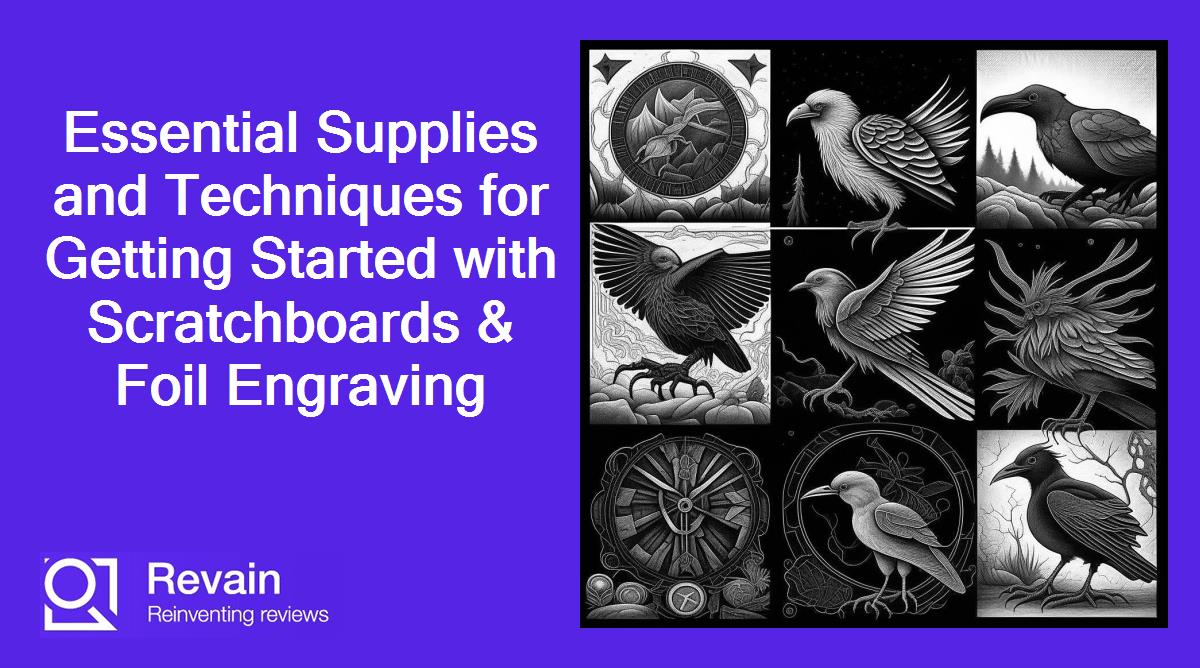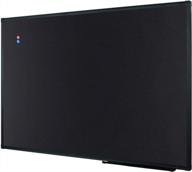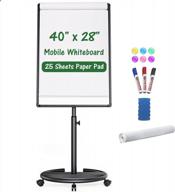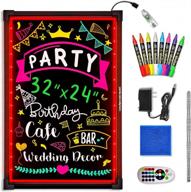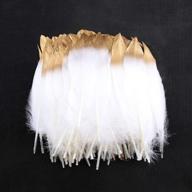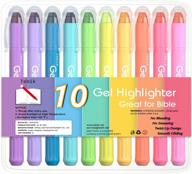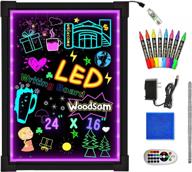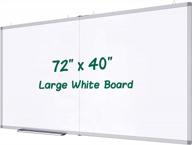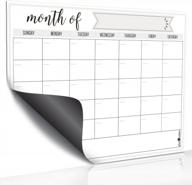Similar products
How to Get Started with Scratchboard Artistry
Scratchboard art is a unique medium that involves creating images by scratching away a dark clay coating to reveal the white paper underneath. It's an extremely versatile art form that allows you to create detailed black and white illustrations and designs. If you want to give scratchboard art a try, here are some tips to help you get started.
Choose Your Scratchboard
There are a few different types of scratchboard you can use:
- Clayboards - these have a smooth clay coating applied to cardstock or wood. Clayboards provide good resistance when scratching.
- Inkboards - these are coated in black India ink over paper. Inkboards allow very fine scratching.
- Photographic boards - these have a photographic emulsion coating and require chemicals to develop after scratching.
Clayboards are a good choice for beginners. Start with a high quality clayboard so the coating doesn't crumble when scratching.
Gather Your Scratchboard Tools
You'll need some basic tools:
- Scratchboard needles - for detailed scratching. You can buy sets with multiple needle points.
- Craft knives - these have small, retractable blades that are perfect for broader scratching.
- Sandpaper - used to smooth out any rough edges and for texturing.
- Soft erasers - for cleaning up any small mistakes and softening edges.
Invest in good quality tools so you don't damage the scratchboard surface.
Top products in 🖋️ Scratchboards & Foil Engraving
Plan Your Design
It helps to plan out your design first with sketches or digital drawings that you can refer to. Consider the contrast between the dark and light areas for maximum impact.
Start with simple, bold designs if you are new to scratchboard art. Avoid intricate details initially. Let your skills progress naturally before attempting more advanced pieces.
Another interesting products
Prepare Your Workspace
Cover your work surface with a scratchboard mat, soft cloth or several sheets of newsprint. This protects the surface underneath from accidental scratches.
Secure the scratchboard well to the work surface, using masking tape on the back if necessary.
Have good lighting so you can see the fine details of your work.
Start Scratching!
Use your sketch as a guide, and begin scratching away the surface coating according to your design using gentle, even pressure:
- For broad areas, use a craft knife in smooth back-and-forth motions.
- Switch to needles for details, outlines and textures.
- Apply varying pressure for different effects - light scratches give a feathered look.
- Scratch diagonally if you make a mistake to disguise it.
Stay patient and focused! Scratchboard art takes time and concentration.
Add Finishing Touches
Once done scratching, gently rub away any debris with a soft brush. Use sandpaper to smooth rough areas and soften edges.
Mistakes can be corrected by spraying on a sealant, letting it dry, then re-scratching. Or paint on a clay slip, let dry, and scratch again.
Apply black ink if needed to make any light areas darker. Seal with spray fixative when completely done.
With practice and the right tools, you'll be creating amazing scratchboard artworks in no time! Let your creativity run free with this fun and rewarding art form.
The Beauty of Foil Engraving
Foil engraving is a special art form that involves etching designs into foil to reveal the bright metal underneath. It results in eye-catching, gleaming creations. The shiny, reflective properties of engraved foil make it perfect for jewelry, awards, invitations, book covers, wine labels, and more.
What is Foil Engraving?
In foil engraving, a design is cut into a thin sheet of metal foil to expose the foil's bright, polished substrate underneath. This is done manually using specialized engraving tools to carve away the darker oxidized top layer of the foil.
Some key facts about foil engraving:
- Foils come in different metals like brass, copper and aluminum.
- Brass and copper give a warm, golden glow. Aluminum has a cooler silvery sheen.
- Foils range from 0.0008” to 0.005” in thickness.
- A very sharp blade is used to slice through the oxidized layer of the foil.
- Intricate details can be achieved with skilled hand engraving.
The Virtuosity of Foil Engraving
It takes great expertise and artistry to beautifully engrave foil. The techniques involved include:
- Cutting - Using an extremely sharp knife to slice into the foil.
- Stippling - Dotted patterns created through small pricks in the foil.
- Scoring - Thin lines etched by dragging the knife tip.
- Embossing - Foil pushed up to form a raised relief design.
Skilled foil engravers can utilize these methods along with their creative vision to make breathtaking works of art.
The Allure of Foil Engraved Creations
The luminous, glistening beauty of foil engraving makes it ideal for enhancing many items:
| Application | Examples |
|---|---|
| Jewelry | Pendants, charms, rings, earrings, cufflinks |
| Awards | Plaques, trophies, medals, name badges |
| Invitations | Weddings, birthdays, holidays, special events |
| Books | Covers, dust jackets, illustrated pages |
| Wine labels | For champagnes, wines, liquors |
Foil engraving adds elegance and visual appeal to any project. The light reflects uniquely off the revealed metal foil, creating dazzling effects.
The Process of Foil Engraving
While automation is sometimes used, intricate foil engraving is primarily done by hand. The key steps are:
- Design and layout - The design is rendered on paper first.
- Transfer and tracing - The design gets copied over to the metal foil.
- Engraving - The artist uses specialized tools to carve into the foil.
- Finishing - Additional handwork is done to polish and smooth the engraving.
- Coloring - Pigments are sometimes applied to add color.
This artistic process allows each piece to be custom created with personalized designs and details.
The Timeless Beauty of Foil Engraving
Foil engraving results in stunning creations that have an enduring, classic elegance with a modern twist. The luminous, reflective metallic sheen brings life and vitality to any design engraved into the foil surface.
This amazing art form transforms a simple metal foil into a gleaming work of art. The creative possibilities are endless. With its visual brilliance and artistic versatility, it's easy to see the exceptional beauty of foil engraving.
Scratchboard vs Foil Engraving - Which is Right for You?
Scratchboard and foil engraving are two artistic techniques for creating detailed black and white illustrations. Both involve carving into a surface to reveal the white underneath. So which one is right for your creative needs?
What is Scratchboard Art?
In scratchboard art, a design is created by scratching away a smooth, dark clay coating on a board to uncover the white paper or clay underneath. Scratching is done with sharp tools to remove the dark top layer as desired.
What is Foil Engraving?
Foil engraving involves etching patterns into metal foil to expose the bright metal below its oxidized surface. The foil is carved into using engraving knives to cut through the top darker layer.
Key Differences
While the two techniques share some similarities, there are important differences between scratchboard art and foil engraving:
| Point of Difference | Scratchboard Art | Foil Engraving |
|---|---|---|
| Medium | Clay, ink or emulsion coating on paper or wood | Metal foil sheets |
| Color Effect | Black and white | Dark and metallic sheen |
| Tools Used | Needles, craft knife, sandpaper | Engraving knife, hammer, embossing tools |
| Learning Curve | Relatively simple | Steeper learning curve |
| Cost | Inexpensive | Higher startup cost for tools and materials |
Deciding Between the Two
So which technique is right for you? Here are some factors to consider:
Your Design Goals
- Scratchboard is great for bold graphic styles with strong black and white contrast.
- Foil engraving lends itself to detailed, fine line art with metallic shimmering effects.
The Final Use
- Scratchboard art can be used for drawings, prints, book illustrations.
- Foil engraving for awards, jewelry, invitations, product branding.
Your Budget
- Scratchboard is very affordable to start.
- Foil engraving has higher startup costs for equipment and materials.
Your Skill Level
- Scratchboard is great for beginners looking to learn a new art form.
- Foil engraving has a steeper learning curve requiring practice to master.
Think about your specific creative goals, budget, and current ability level when deciding which is best for you.
Trying Both for Yourself
You don't necessarily have to choose one or the other. Consider exploring both scratchboard art and foil engraving to discover your preferences.
- Start with scratchboard as an easy intro to carved drawing techniques.
- Then try foil engraving for a new challenge with refined results.
- Many artists work with both mediums for different effects.
Experiment with these two creative forms of subtractive art to determine which technique resonates most with your artistic vision and goals.
Achieving Your Creative Potential
Scratchboard and foil engraving both allow for meaningful artistic expression. By understanding the differences between the two mediums, you can decide which is best suited to help you achieve your creative potential as an artist.
Top Tips for Creating Stunning Scratchboard Masterpieces
Scratchboard art allows you to create stunning monochromatic drawings by scratching away a dark surface. With the right techniques and skills, you can create frame-worthy scratchboard masterpieces. Here are some expert tips to guide you.
Choose Your Scratchboard Wisely
Use a high quality scratchboard with a smooth, consistent coating that provides good resistance when scratching. Good options include:
- Clayboards coated with fine kaolin clay
- Black litho boards coated with printer's ink
- Illustration boards with custom scratch surfaces
Avoid boards with a crumbly or waxy coating that will clog your tool tips.
Use the Right Scratching Tools
Invest in specialized scratching tools like:
- Needles - Single needle tools for detailed scratching. Get different needle points.
- Knives - Small craft knives with fixed or retractable blades for broader scratching.
- Mechanical pencils - For sketching initial outlines onto the scratchboard.
Sharp, high quality tools will give you greater control and avoid tearing the scratch surface.
Prepare Your Workspace
Set up your scratchboard on a padded surface to absorb accidental scratches and scrapes. Use:
- A cutting mat
- Blocks of scrap wood or foam
- Folded towels
Secure the scratchboard well so it doesn't shift around as you work. Position it near a good light source.
Start With a Detailed Sketch
Plan out your design thoroughly in a sketch before scratching. This allows you to:
- Work out the composition and details
- Figure out the areas to be scratched away
- Refine the drawing as needed
Take your time on the sketch to set yourself up for success.
Use Layering and Textures
Add visual interest by scratching different areas to different depths. For example:
- Lightly scratch backgrounds and distant objects
- Deeper scratching for foreground images
- Cross-hatching to show texture and form
Experiment with directional scratching and varying pressure levels.
Incorporate Negative Space
Use negative space creatively in your design. For example:
- Scratching around a key subject to make it stand out
- Framing focal points with white space
- Balancing detailed areas with empty space
Let the white scratch shapes contribute to the overall composition.
Focus on Contrast
Strong contrasts between the dark and light areas will make your art more visually striking. Try:
- Juxtaposing dense black against empty white space
- Creating bold outlines by deep scratching
- Using contrasting textures
Leverage contrast to create drama and emphasis.
Correct Mistakes Carefully
Fix small errors by gently scratching over them on an angle. For larger mistakes:
- Spray sealant over the area, let dry, then re-scratch
- Brush on clay slip, let it dry, then scratch again
Take a thoughtful approach to error correction to avoid damaging your work.
With careful planning, high quality materials, and practice utilizing these tips, you can create spectacular scratchboard art that you'll be proud to display.
Must-Have Scratchboarding Supplies for Beginners and Experts
Scratchboarding requires just a few key supplies to get started. Here are the essential scratchboarding tools and materials beginners and experts alike need to create stunning art.
Scratchboard
Of course you'll need an actual scratchboard surface to work on. Some top options:
- Clayboards - Boards coated with a smooth kaolin clay. Provide good scratch resistance.
- Illustration boards - Coated with ink or custom scratch surfaces.
- Photographic boards - Emulsion coating requires developing after scratching.
Go for a high quality board with a smooth, consistent scratch surface. Size depends on your projects.
Scratching Tools
Specialized scratching instruments are essential. Beginners should start with:
- A single needle tool - For detailed fine scratching. Get different needle points.
- A craft knife - Fixed or retractable blades for broader scratching.
- Mechanical pencil - For initial sketching on the board.
Experts may add:
- Electric engraver - For efficient scratching over large areas.
- Multiple needle tool - Several needles together for unique effects.
- Scribes and pins - For stippling and embossing.
General Supplies
You'll also need:
- Sandpaper - For smoothing rough areas and softening edges.
- Erasers - Kneaded and vinyl for fixing small mistakes.
- Adhesives - Spray fixative, liquid frisket, masking fluid to preserve work.
- Sharpening tools - For keeping tool blades keen.
Gather other basic art supplies like pencils, pens, paintbrushes, and paper.
Work Surface Protection
Cover your work area to prevent accidental scratches with:
- Self-healing cutting mat
- Soft cloth or towels
- Sheets of newsprint or butcher paper
- Foamboard or wood blocks
Secure the scratchboard firmly to this protected surface while working.
Finishing Supplies
Final touches require:
- Black ink - For darkening any light areas.
- Sealant - Fixative spray to seal when done.
- Colored pencils - (Optional) For adding color accents.
Advanced Extras
More advanced supplies for ambitious projects:
- High quality printing paper - For transfer techniques.
- Clay slip - For re-coating scratched areas.
- Watercolor paints - For coloring backgrounds.
- Gold leaf - For gilding embellishments.
Build up your scratchboarding toolkit over time as you gain experience. Focus first on the essentials for your skill level.
Scratchboarding on a Budget
You can start scratchboarding on a budget with just:
- A small clayboard or illustration board
- Needle tool and craft knife
- Sandpaper, eraser, basic pens/pencils
- Paper to cover your work surface
Upgrade your tools and materials as you progress. Scratchboarding is an inexpensive art form to try!
Scratchboards & Foil Engraving: A Beginner's Guide
Scratchboards & Foil Engraving: A Beginner's Guide
Scratchboards and foil engraving are two captivating art forms that have become increasingly popular in the crafting community. If you're new to these techniques, here are some tips to get you started:
With these tips, you can unlock the creative possibilities of scratchboard and foil engraving and explore the versatility of these captivating art forms.
What Are Some Common Mistakes To Avoid When Starting Scratchboard Or Foil Engraving?
Here are some common mistakes to avoid when starting scratchboard or foil engraving:
What Are Some Tips For Choosing The Right Ink For Scratchboard Or Foil Engraving?
Here are some tips for choosing the right ink for scratchboard or foil engraving:






